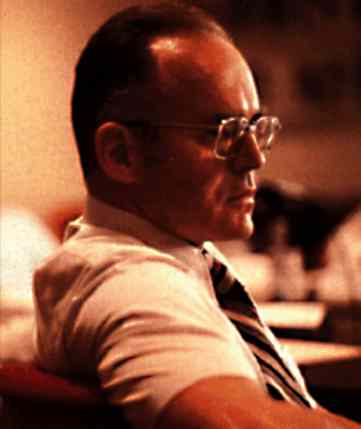| Intel - The Microprocessor Revolution |
Page 1 of 3
For the background to this article see: William Shockley and Solid State Electronics Intel started to grow from the seed planted by Shockley Semiconductor. The first big success was Fairchild, set up by the Traitorous Eight who left Shockley after only a year. Robert Noyce and Jean Hoerni went on to invent the basic process that made the integrated circuit a reality, but soon companies all across the States were making use of their idea. Logic gates were to be had from many sources and the role of Silicon Valley was that of just another supplier. But things were not as quite as they looked. Fairchild Semiconductors had been set up with the backing of its parent company Fairchild Camera and Instrument Corporation with the option to buy out the eight founding engineers at any time - and with promise of huge profits that’s exactly what it did. The result was an even greater fragmentation of the talent that William Shockley had gathered together and the eventual birth of the most important of the Silicon Valley companies, Intel. When the Fairchild Camera and Instrument Corporation bought back its company, in 1969, each of its founders received $250,000 of stock in return for their $500 investment. Noyce commented: “For a young guy to walk away with a quarter million dollars a year later was not a bad deal”, The money was enough to buy the freedom to do something different and many of Noyce’s colleagues did just that - they set up their own companies.
Robert Noyce (1927-1990) Robert Noyce and Gordon Moore stayed on. However, although Noyce was General Manager, with responsibility for 15,000 employees and a company that was still growing, he was beginning to think about alternatives. Despite being an enthusiastic pilot, he was growing bored with having to fly across the country to New York to talk the parent company. Gordon Moore
(born 3rd January 1929 San Francisco) Gordon Moore, the man known for his theory expounded in 1965 (Moore's Law) that the number of components on a computer chip would double every year, and Robert Noyce were beginning to think about the possibility of starting their own company to do the things they were interested in. But how? Even though Fairchild was successful, semiconductors were still seen as a high risk and very complex business. There were some good examples of failure, Shockley Semiconductor for example, to dampen an investor’s enthusiasm. Noyce and Moore thought that the most profitable thing to do would be to build solid state memory chips. From our point of view this seems obvious but at the time the dominant memory technology was magnetic core and its manufacturers were always managing to push down its price and size to say ahead of any alternatives that might appear. Semiconductor memory sounded exotic, extravagant and very unknown. It also seemed like a big step to go from the tens of transistors per chip to the hundreds that a solid state memory device would require. Even with their quarter of a million dollars each they needed more cash for the complicated process they were working on. As Noyce noted, “one of the traps that young companies fall into is running out of money right on schedule but not getting the product out right on schedule!” The solution to the cash problem came in the form of Arthur Rock who had helped to arrange the original financing of Fairchild. He had become a successful venture capitalist in San Francisco and he numbered among Noyce’s acquaintances. As Noyce recalled: “It was a very natural thing to go to Art and say ‘Incidentally Art, do you have an extra $2.5 million you would like to put on the crap table?’” As it happened Art was inclined to invest, but not before grilling Noyce for some time about his aims and hopes for the new company. Rock’s method of discovering the truth about a proposition was to talk until the proposer was tired and then talk some more. Founding IntelAfter Rock decided to back their new company Noyce and Moore had no problem in getting cash and they were in the enviable position of being able to pick and choose whom they allowed to invest. They initially called the company NM Electronics (or MN Electronics) for their two surnames but quickly changed it to Intel standing for Integrated Electronics, As a hotel chain has already trademakred Intel they has to buy the rights to this name.
Gordon Moore and Robert Noyce The company's third employee was Andy Grove who took over from Moore in 1987 and led it through the high growth 1990s. Intel started in a concrete building in Santa Clara on the site of an orchard in 1967. They were set on their idea of making semiconductor memory and didn’t plan to compete with existing companies by producing anything else. <ASIN:0071358927> <ASIN:0804737347> <ASIN:0062226762> <ASIN:052594141X> |
||||
| Last Updated ( Saturday, 25 March 2023 ) |


